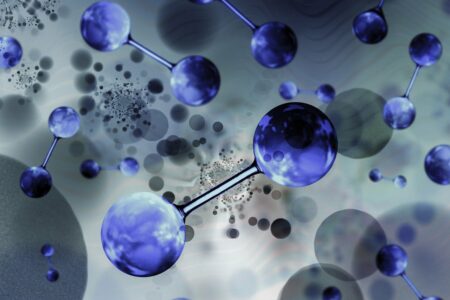New system provides a simple and fast way to use hydrogen that, according to its creators, can be used both to power vehicles and to power homes.
In the midst of the transition to more sustainable forms of energy with lower emissions, serious doubts are beginning to appear about the future of lithium batteries and their capacity as a form of long-term storage. One of the most interesting options to replace them is in ‘green’ hydrogen and the new advances that have recently been made in this field.
The latest comes from Toyota, which has presented through its R&D subsidiary, Woven Planet Holdings, a new portable hydrogen cartridge system that aims to simplify the adoption of this form of energy for both vehicles and homes.
What it consists of
The prototype presented by the Japanese company last week is a cylinder about 40 centimeters long by 18 centimeters in diameter that weighs about 5 kilos (excluding the valve and protector). According to Woven Planet, the cartridge is capable of storing up to 3.3 kilowatt-hours in this configuration.
Its design, they say, is intended to “facilitate the transport and daily supply of hydrogen energy to power a wide range of everyday life applications inside and outside the home”. The modular system they propose is reminiscent of that already in use in many parts of Asia, where refueling stations are available that allow the depleted battery of bicycles or mopeds to be exchanged for a fully charged one. In this case, the aim of this prototype is to demonstrate that hydrogen is equally portable and that it can be a way to bring this fuel easily to people even in places where there is no supply.
The company claims that its cartridges can be used to power cars, motorcycles or drones. It can also be used at home as a source of electrical energy, for heating or, as is done with Tesla’s Powerwall, as a storage system if a small fuel cell is added on top. Toyota will test its new system in its Woven City, a 70-hectare city being built at the foot of Mount Fuji that will use hydrogen as its main energy source.
According to the Japanese company, this “living laboratory” will also serve to test its most advanced technologies such as its autonomous vehicles or its domestic robots. “Our goal is to help hydrogen become mainstream by making this form of clean energy safe, convenient and affordable,” says Woven Planet. “By establishing the basic supply chain, we hope to facilitate the flow of a greater volume of hydrogen and power more applications.”
Lithium or Hydrogen Batteries
The days of lithium supply are numbered. Even Elon Musk himself has admitted that the electric car industry based on this material is unviable. It is estimated that lithium will run out by 2040 if we continue at the current manufacturing rate and, according to Musk, 300 terawatt-hours of battery cells need to be produced in order to make the full transition to the electric car. Added to this is the fact that the vast majority of electronic devices we use today run on batteries made from this material.
While new materials are found to make them more efficient and sustainable -Tesla has been working on it since 2020 and we have not yet known any progress-, other automakers such as BMW, Toyota or Alpine are betting on hydrogen.
This element is the most common not only on Earth but also in the universe and its use does not produce emissions, although its extraction technology does. However, research is being done on new methods of hydrogen extraction to solve this problem and, although there are advances, we have not yet achieved it on an industrial scale. Recently we talked here about a new method created by the National Renewable Energy Laboratory of the U.S. government or that of a group of Australian researchers who have developed a new process with new materials.
This is compounded by its current high price – last summer it was five dollars per kilo, a price too high to be considered a real alternative – and the problem that there is no commercial distribution network for this fuel.
However, countries have it in their hands to reverse this situation. Last week we saw a recent study by the International Renewable Energy Agency that claims that by 2050, Spain could be among the top 15 countries in the world in the production of cheap, ‘green’ hydrogen. The list is headed by China, which could produce hydrogen at 0.65 dollars per kilo, while Spain could reach 0.80.








